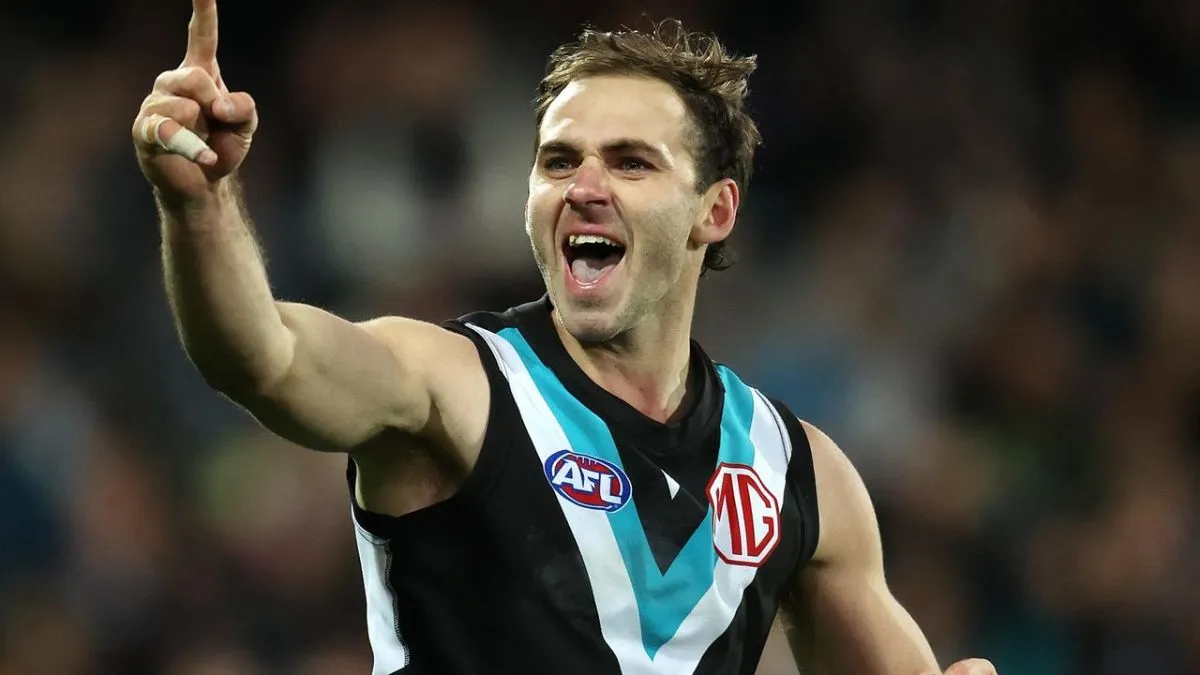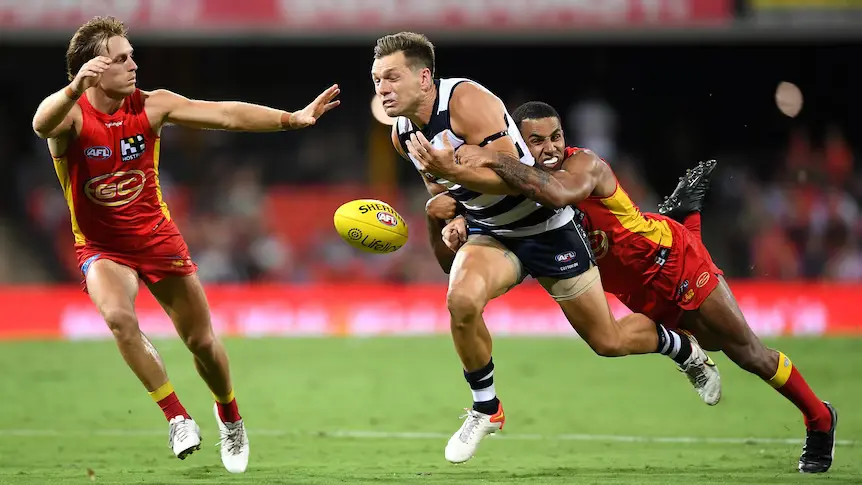
Jeremy Finlayson, a professional Australian rules footballer for the Port Adelaide Football Club, is no stranger to the limelight, both for his on-field performances and off-field controversies. In recent times, Finlayson has been at the centre of allegations that have sparked widespread debate. This article aims to unpack the details of the incident, its implications, and what it means for the AFL community.
Who is Jeremy Finlayson?
Born on 9 February 1996, Jeremy Finlayson began his AFL career with the Greater Western Sydney Giants before joining the Port Adelaide Football Club. Known for his versatility on the field, Finlayson has been a key player for his team, contributing to significant wins. However, his career has not been without controversy.
The incident: Who did Finlayson abuse?
The controversy stems from an AFL match in April 2024 between Port Adelaide and Essendon at Adelaide Oval. During the third quarter, Finlayson was overheard using a homophobic slur directed at an Essendon player. The incident, captured by an umpire’s microphone, quickly came to light, sparking outrage among fans, the media, and advocacy groups.
Immediate admission and apology
Finlayson admitted to his inappropriate language shortly after the incident, notifying his club during the three-quarter time break. He also approached the Essendon player after the match to apologise personally. In a public statement, Finlayson expressed deep regret, saying, “The word I used has no place in our society or our game.”
AFL’s response to the allegations
The AFL launched an investigation into the matter, ultimately finding Finlayson guilty of conduct unbecoming. Given his prompt admission and apology, the league imposed a three-match suspension. Additionally, Finlayson was required to attend a Pride in Sport training program at his own expense.
AFL General Counsel Stephen Meade commented on the incident, stating: “Everyone, including Jeremy, understands the word he used is both hurtful and totally unacceptable in any setting, ever.”
The public reaction and media coverage
The media has an important role in shaping public perceptions of such cases. These traits show up often.
- Sensationalism: Media coverage of well-known people or strong assertions is abundant, which can overwhelm the complexity of the matter.
- Advocacy for Change: Public debate usually supports changes in laws, rules, and society perceptions on abuse and its consequences.
Broader Implications of Abuse Cases
These are not merely incidents but usually, the kind of action that rends one whole society, especially when viewed in the perspective of sports as such under Australia. Individual high-profile controversies generally stir up arguments over respect and accountability with regard to someone’s celebrity status.
1. Addressing victim needs
- Most times, abuse cases bring to the light the importance of victim support and making safe spaces for voicing out.
- In cases like that of Niani, failure in systemic responses to reports of abuse produces tragic results, which then calls for reforms in the training of law enforcement personnel.
2. Rehabilitation for offenders
- Rehabilitating programs are useful whenever offenders are reported to have other issues, such as mental health issues or drug addiction.
- This story is significant by itself because it transforms into the story of Jordan Ray Finlayson, which depicts the possibilities of recovery and redemption when society is involved and in proper measures.
Accountability and justice in Australia
Parliament and the courts of Australia hold out the highest ideals of justice and accountability up to public figures. The stakes are even higher and the call for transparency made stronger when one of those stories comes along that involves the rich and powerful, or even worse, the merrily popular.
- Victim support: By the presence of the Australian legal system, the venue to facilitate access and justice for victims is complemented by the provision of counselling and support services that assist the victim throughout the proceedings.
- Accountability measures: Normally, all organizations and governing bodies will adopt some type of measures to ensure accountability and responsibility, particularly when high-profile figures are involved.
- Impartial Investigation: Usually, by both the judiciary and the sports governing bodies, effort is being made to ensure that this event is fair, that there is equal consideration given to both the victims and those accused of any wrongdoing.
Moving forward: lessons and change
This incident is always a reminder that Australians must continue their march toward cultural change and education in sports. It indicates the value of inclusion, understanding, and respect, both on and off the field. Incidents such as this will only ensure that such an environment is created in the future.
Conclusion
Jeremy Finlayson’s actions have thrust him into controversy, raising serious questions about the values upheld in Australian sports. While his actions are deeply regrettable, they present an opportunity for growth and change. The AFL’s response and Finlayson’s willingness to accept accountability signal a commitment to education and reform. Ultimately, such incidents serve as stepping stones toward building a more inclusive and respectful sporting community in the future.







